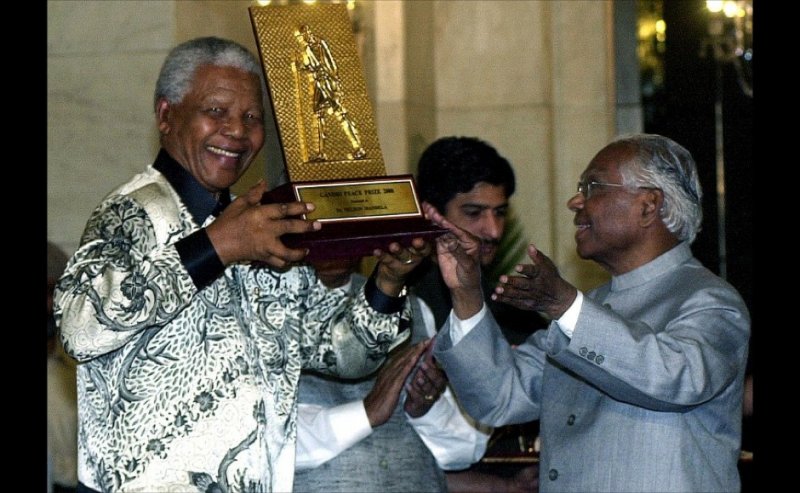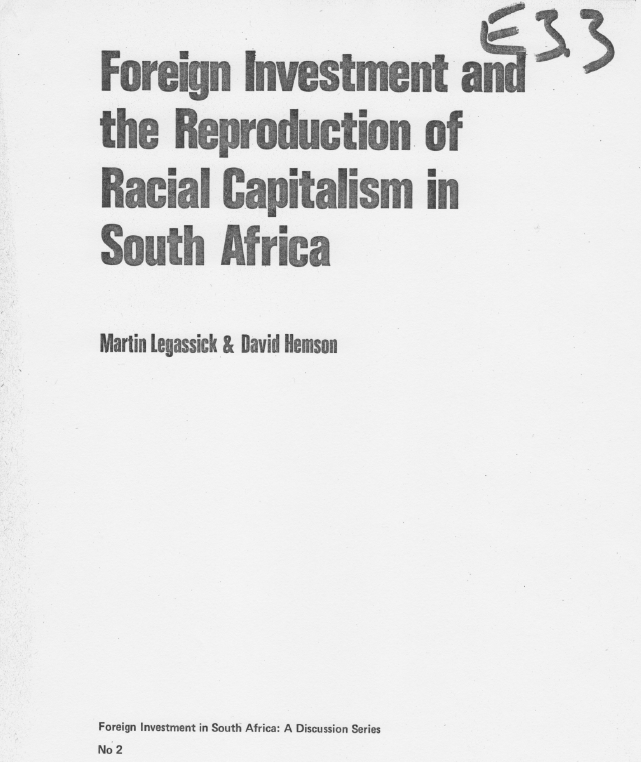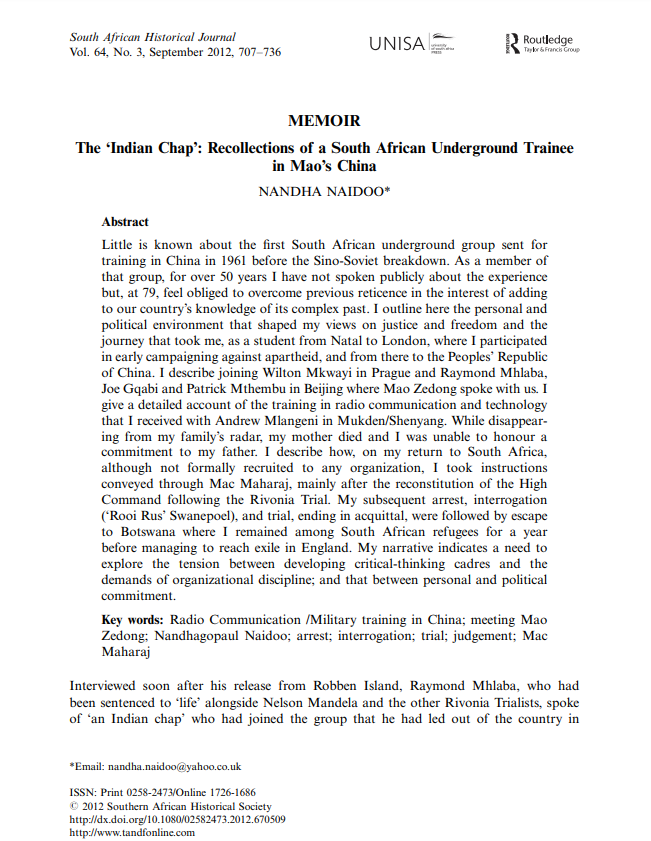Parliament of the Republic of South Africa, Cape Town
Ju'Hoasani Living Museum, Grashoek-Namibia
Damara Living Museum, Twyfelfontein-Namibia
The Living Museum of the Damara which is close to Twyfelfontein, is the first traditional Damara project in Namibia and the only one of its kind, opened in February 2010.
The possibility to experience the traditional Damara Culture in this form exists nowhere else in Namibia or in the World! Together with the Bushmen the Damara belong to the oldest nations in Namibia. Their original Culture was a mixture of an archaic hunter-gatherer culture and herders of cattle, goats and sheep. Due to their loose social structures the Damara were not able to defend themselves against aggressors during the colonization of Namibia.
Within the framework of the Living Museum of the Damara an attempt was made to reconstruct the 'lost culture' of the Damara. Visitors have the unique opportunity to get to know the fascinating traditional Culture of the Damara, thus contributing to the preservation of the Culture as well as to a regular income for the Damara Community that built the Museum.
Mbunza Living Museum, Kavango-Namibia
The Living Museum of the Mbunza, a Traditional School for Culture and at the same time a Communal Business for the Local People of the Kavango. With this sustainable project they will be able to preserve their traditional Culture and to generate an additional income. As with all Living Museums in Namibia the main focus of the Mbunza Living Museum is to provide visitors to the Museum with a detailed and authentic insight into the Traditional, pre-colonial Culture.
The Living Museum, situated at the Samsitu Lake, is for the Locals who have lived in this Area for Centuries. The Village has been built entirely from natural material and the actors of the Museum carry clothes made from self- tanned, with Mangetti nut oil refined leather.
An essential part of the interactive program of the Living Museum is the demonstration (and preservation) of the fishing and land cultivating Culture of the Mbunza. The traditional presentation covers everything from everyday life (traditional cuisine, fire making, basket and mat weaving, etc.) to bush walks and fishing and finally to highly specialized techniques like blacksmiths, pottery and the making of drums.
Anglo Boer War Museum, Bloemfontein
Voices of Women Museum, Durban
This fascinating, living archival Museum holds within its walls some 3 000 embroidered cloths and personal stories from women who have lived around South Africa. The Museum offers some interesting events, programs and archives for the learned – or simply those who are interested – to immerse themselves in.
Many indigenous languages (translated into English) are represented here as the memory of these varied, diverse women is kept alive and well. The Voices of Women is a decade-long project that began as the brainchild of Andries Botha who, after attending the Truth and Reconciliation hearings in South Africa. He developed a creative methodology as a means for women’s memory to be recounted and held in trust as part of the memory archive of South Africa for future posterity. The Project has worked closely with many key stakeholders and partners and has run many workshops in different Provinces throughout South Africa over this past Decade. To culminate this substantial work done by among others; Janine Zagel; Leonard Zulu; Tholakele Mdakane; Mrs. Gumbushe and Martha Webber. This then gave their work a permanent home. The Amazwi Abesifazane – Voices of Women project has established South Africa’s first Women’s Museum or Living Archive in KwaZulu Natal. The Voices of Women Archive and Collection is currently housed at the Phansi Museum in Glenwood, Durban. It has graciously been afforded a space at Stoneford, in the beautiful Valley of a Thousand Hills. "They hope to occupy this temporary space within this Year and later to develop its more permanent residence at the site."
https://creativefeel.co.za/2022/05/revisiting-the-voices-of-women-museum-in-a-virtual-world/
https://creativefeel.co.za/2017/11/dreams-wishes-and-expectations/https://issuu.com/voicesofwomen/docs/voices_of_women_museum_visi https://bereamail.co.za/88963/voices-of-women-exhibition-opens-at-phansi-museum/
http://www.andriesbotha.net/other-projects/amazwi-abesifazane/
https://www.comminit.com/content/amazwi-abesifazane-voices-women
https://digitalcollections.saic.edu/islandora/object/islandora%3A14125
https://www.andriesbotha.net/other-projects/amazwi-abesifazane/
Nelson Mandela Awards 1960s - 2000s

Awards 1960s

